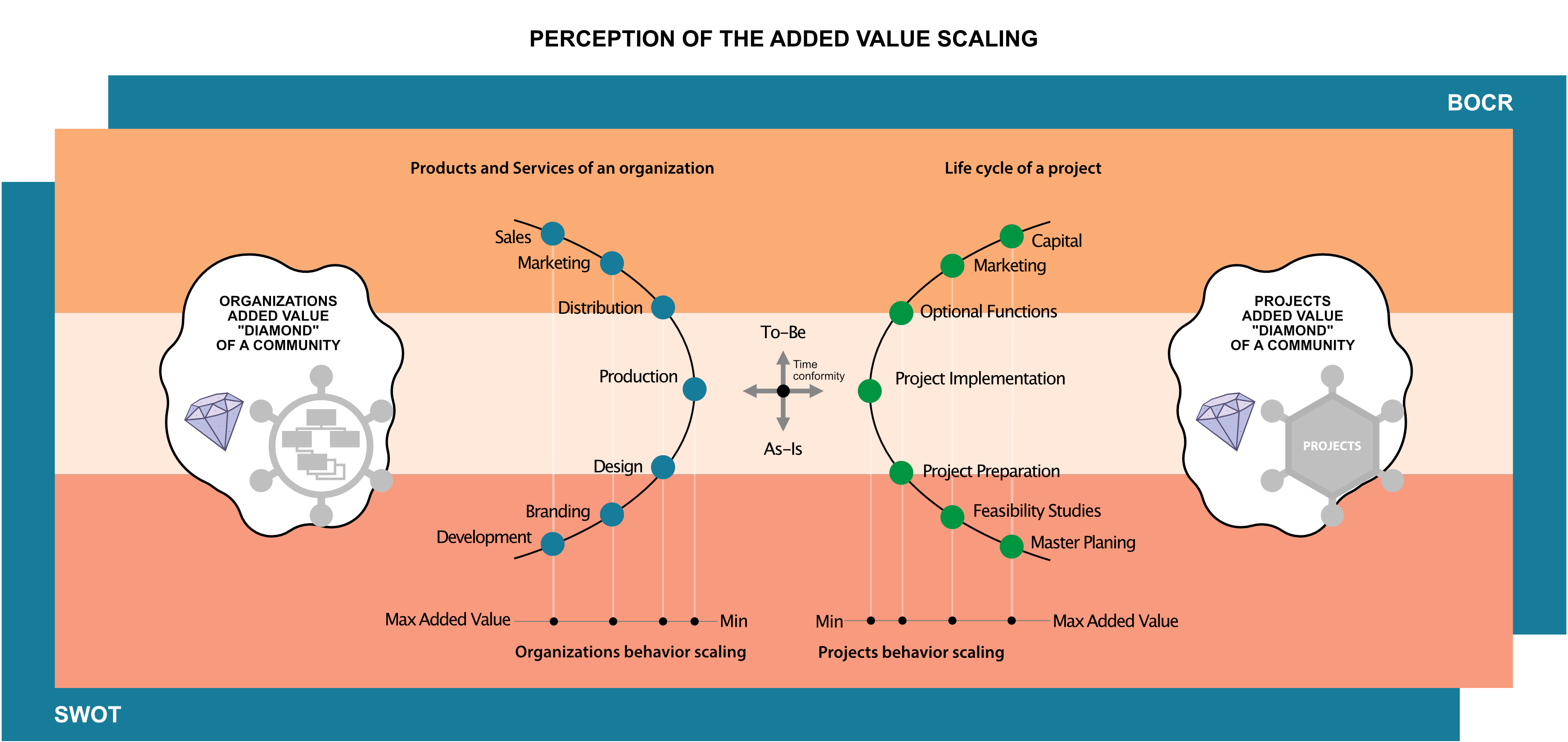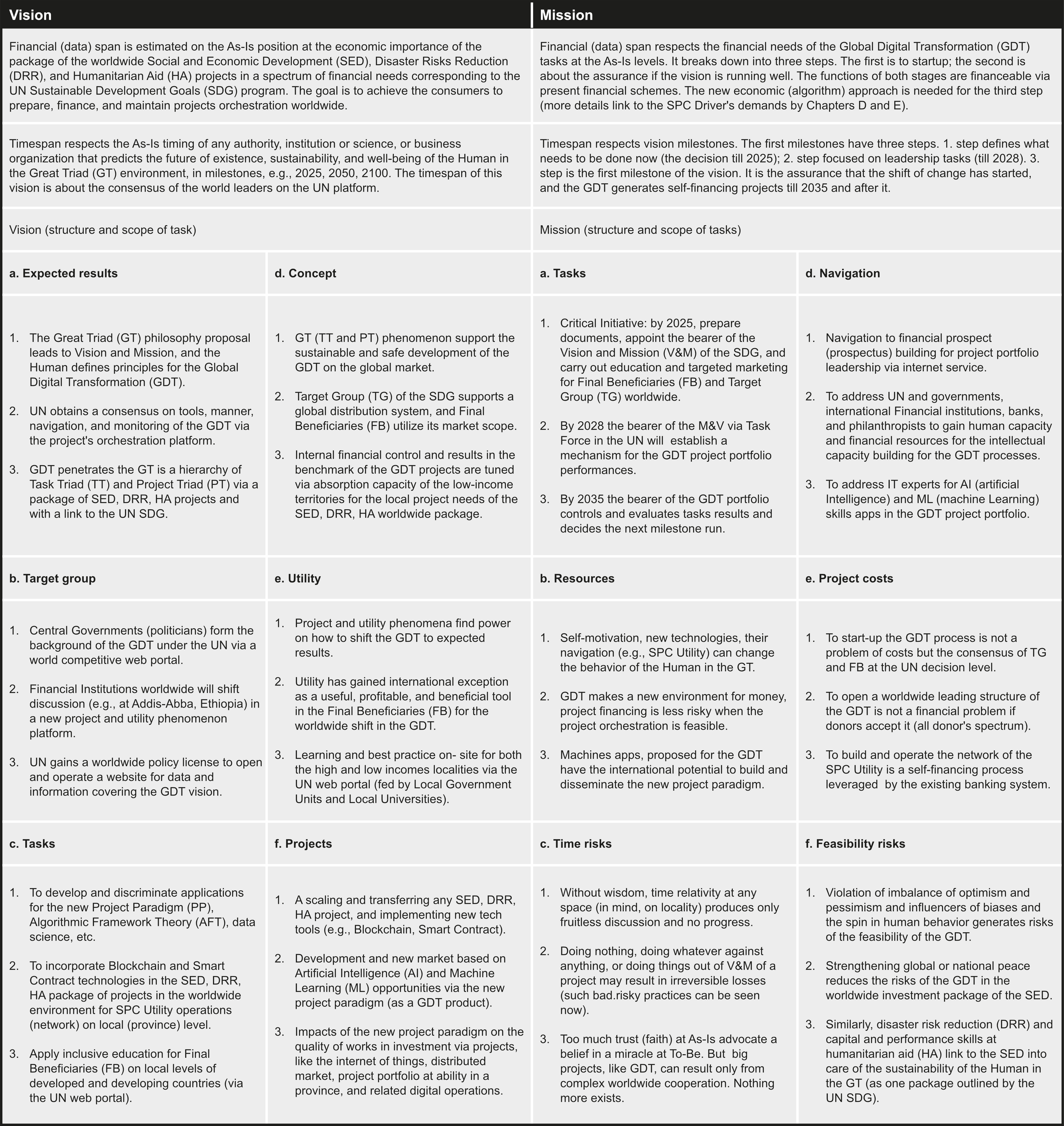Figure C8h Model of evaluations of organizations and projects added value

Figure C8h. Model of evaluations of organizations and projects added value
Hyperbola on Figure C8h. indicates (compares) a share of added value on milestones of organizations and projects (please see more details in the other Figures above in this Chapter).
There is a good reason to present this Figure. It is to train thinking about data structure building for broader business tasks (e.g., about components of organizational structures of organizations and projects).
Not only for their simple comparison but also in combination with scaling (with algorithms identification) and their sensor identification (e.g., the role of the editors and data receivers).
According to the Figure C4d. sensors' role is to support projects entering the market and support the organizations' potential to demand projects and stabilize their position in the market.
This approach could be a great deal for local universities and governments to cooperate closely with international institutions, central governments, and prestigious universities and companies worldwide.
I can only repeat that a critical focus of such orchestration should focus on the global and interdisciplinary level (e.g., for the new UN initiative, "Coalition for the UN need," and for many other segments of the public and private sector ).
The first music tones should sound the low-income territories (provinces). The reason is understandable. Suppose we would like to have a resounding orchestration (the GDT).
In that case, we have first to prepare notes (sheets for orchestration), prioritize their paths and goals, perform the preparation and implementation pragmatically, take care of sustainable capacity for all players of such orchestration, and mainly, for competent actors of this performance.
It is still the same challenge. It is about looking for and building an environment for a new project preparation and implementation paradigm for the Global Digital Transformation (GDT).
No province can succeed locally (neither the high-income one nor the low-income one) without properly preparing small projects (e.g., buildings by Figures above or Chapters D, E, and F).
